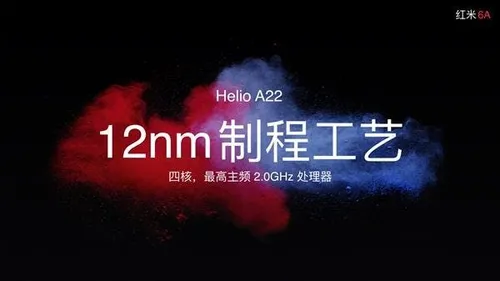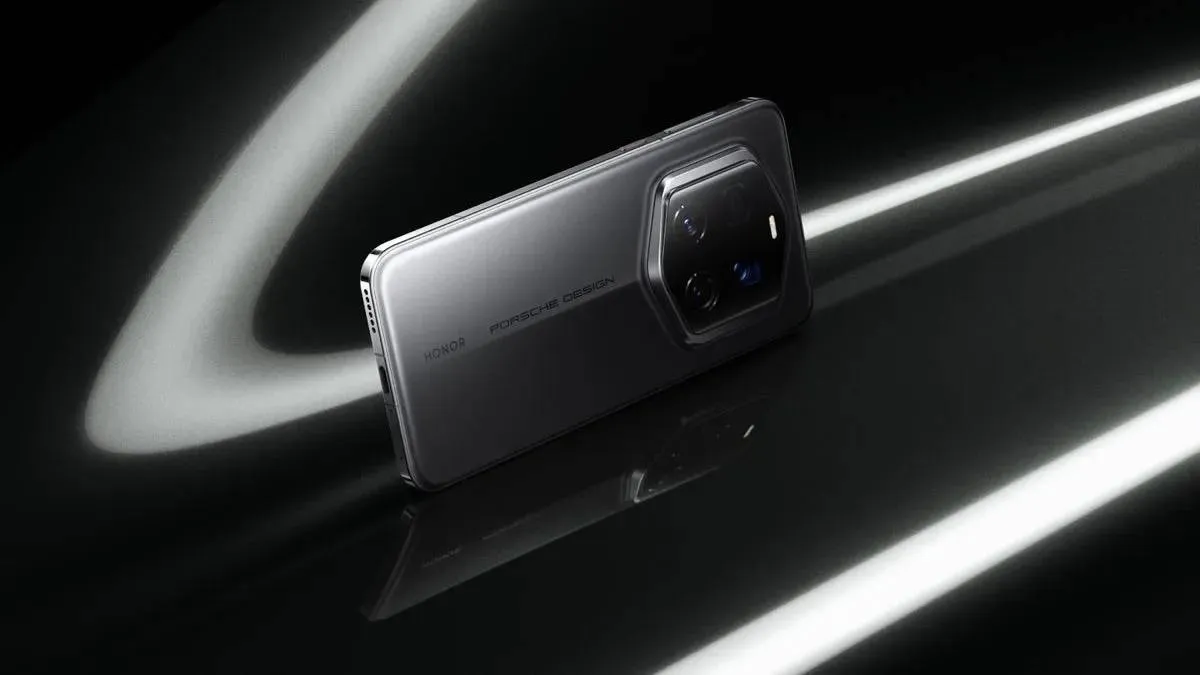
The cheapest model of Xiaomi is the Redmi 6A. It is considered to be the most affordable full-screen smartphone due to the MediaTek A22 processor. By the way, it’s the first product of MediaTek in it’s a series. Actually, it deserves our attention because the MediaTek Helio A22 is expected to dominate in the entry-level market. MediaTek said the A series has set off a revolution in the smartphone market, coming with many functions seen on high-end models and providing low power consumption.

The MediaTek Helio A22 is manufactured in a new 12nm process identical to the much-talked Helio P22. It integrates four A53 CPU cores at 2.0GHz. The GPU comes from PowerVR. The screen supports up to 1600×720 resolution and 20:9 ratio. The video encoding supports H. 264 1080p/30fps, while the video decoding supports H.264/H.265 1080p/30fps.
The official claims that CPU performance is 30% higher than its main rivals (probably the manufacturer aims at the Snapdragon 450) and the GPU performance is increased by 72%.
The memory supports LPDDR3-933 and LPDDR4X-1600. The maximum capacity is 4GB and 6GB, respectively. The storage supports eMMC 5.1.
The MediaTek Helio A22 also supports up to a 21MP single camera or 13MP + 8MP dual-camera. It comes with a lightweight terminal artificial intelligence, supporting for face unlocking, smart photo album, single/double camera background blur, multi-frame noise reduction, clear image zoom and other functions.
As for the connectivity, the highest format supports LTE Cat.7 download, LTE Cat.13 upload, VoLTE, ViLTE, WoWi-Fi, dual 4G VoLTE, TAS 2.0 (smart antenna), carrier aggregation and other technologies. It is even great in terms of wireless connectivity, supporting 802.11ac Wi-Fi. , Bluetooth 5.0, FM, etc.
Of course, the MediaTek Helio A22 supports GPS, Galileo, GLONASS, Baidu, with a new dedicated sub-operation processor, which claims that the first positioning time is 57% faster, the accuracy is increased by 10%, and the power consumption is reduced by 24%.
The A22 incorporates CorePilot technology, which includes power-aware sequencing, thermal management, and user-monitoring functions to distribute workloads to specific CPUs at specific frequencies and voltages for a great performance.
In addition, there is a miniaturized ultra-low power sensor hub component, which is suitable for applications such as pedometers, voice operations, and other features that require long-term sensing data, without affecting the operation of the CPU, and further saving energy.
Popular News
Latest News
Loading




